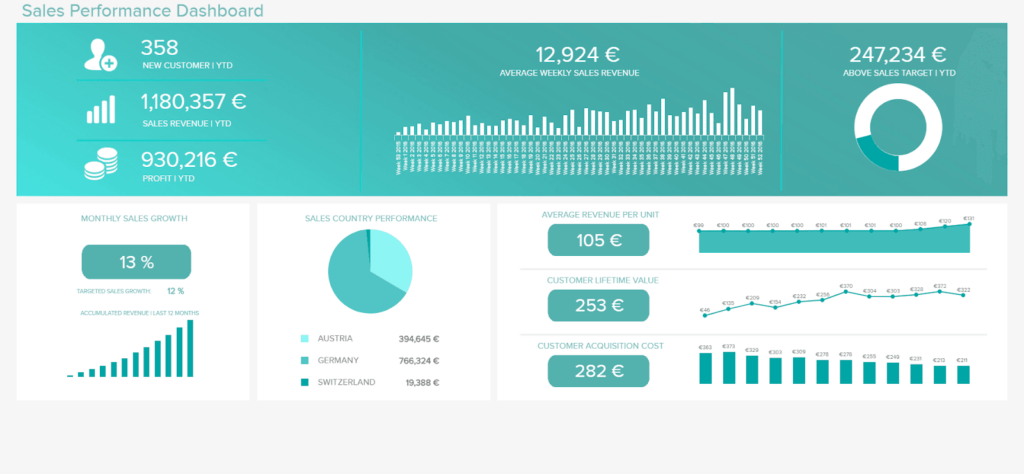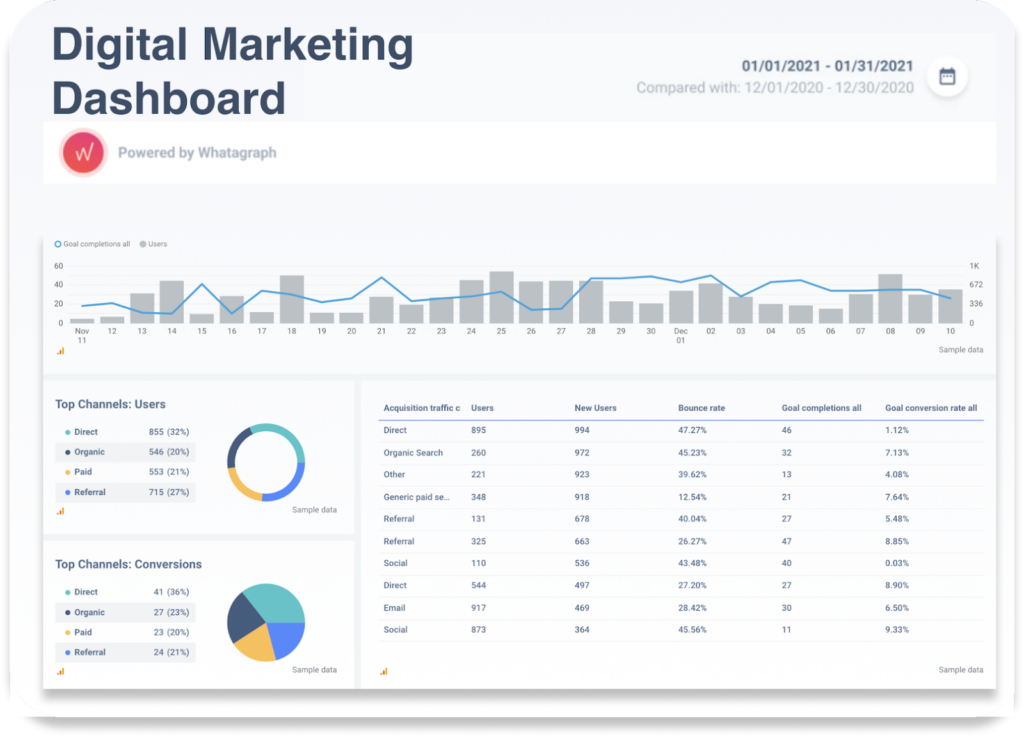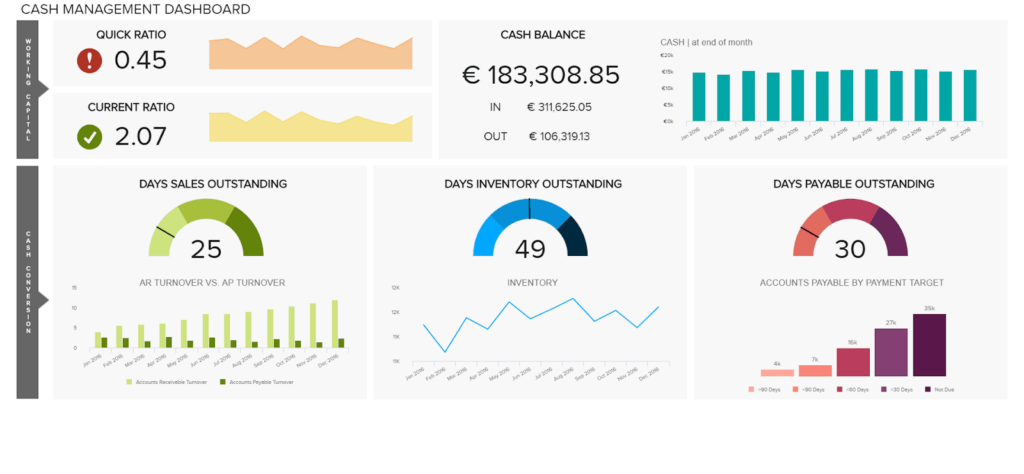https://static1.makeuseofimages.com/wordpress/wp-content/uploads/2022/01/pexels-negative-space-160107-_1_.jpeg
You’ll find that using data structures is a pretty common occurrence as a programmer, so being proficient with basic data structures like binary trees, stacks, and queues is vital to your success.
But if you want to improve your skills and stand out from the crowd, you’re going to want to get familiar with advanced data structures as well.
Advanced data structures are an essential component of data science, and they help clear up inefficient management and provide storage for large sets of data. Software engineers and data scientists constantly make use of advanced data structures to design algorithms and software.
Read on as we discuss the advanced data structures every developer should know about.
1. Fibonacci Heap
If you’ve put some time into learning data structures already, you must be familiar with binary heaps. Fibonacci heaps are pretty similar, and it follows the min-heap or max-heap properties. You can think of a Fibonacci heap as a collection of trees where the minimum or maximum value node is always at the root.
The heap also fulfills the Fibonacci property such that a node n will have at least F(n+2) nodes. Within a Fibonacci heap, the roots of each node are linked together, usually through a circular doubly linked list. This makes it possible to delete a node and concatenate two lists in just O(1) time.
Related: A Beginner’s Guide to Understanding Queues and Priority Queues
Fibonacci heaps are much more flexible than binary and binomial heaps, making them useful in a wide range of applications. They’re commonly used as priority queues in Dijkstra’s algorithm to improve the algorithm’s running time significantly.
2. AVL Tree
AVL (Adelson-Velsky and Landis) trees are self-balancing binary search trees. Standard Binary Search Trees can get skewed and have a worst-case time complexity of O(n), making them inefficient for real-world applications. Self-balancing trees automatically change their structure when the balancing property is violated.
In an AVL tree, each node contains an extra attribute that contains its balancing factor. The balance factor is the value obtained by subtracting the height of the left subtree from the right subtree at that node. The self-balancing property of the AVL tree requires the balance factor always to be -1, 0, or 1.
If the self-balancing property (balance factor) is violated, the AVL tree rotates its nodes to preserve the balance factor. An AVL tree uses four main rotations—right rotate, left rotate, left-right rotate, and right-left rotate.
The self-balancing property of an AVL tree improves its worst-case time complexity to just O(logn), which is significantly more efficient compared to the performance of a Binary Search Tree.
3.Red-Black Tree
A Red-Black tree is another self-balancing binary search tree that uses an extra bit as its self-balancing property. The bit is usually referred to as red or black, hence the name Red-Black tree.
Each node in a Red-Black is either red or black, but the root node must always be black. There cannot be two adjacent red nodes, and all leaf nodes must be black. These rules are used to preserve the self-balancing property of the tree.
Related: Algorithms Every Programmer Should Know
In contrast to Binary Search trees, Red-Black trees have approximately O(logn) efficiency, making them far more efficient. However, AVL trees are much more balanced due to a definitive self-balancing property.
Improve Your Data Structures
Knowing advanced data structures can make a big difference in job interviews and could be the factor that separates you from the competition. Other advanced data structures that you should look into include n-Trees, Graphs, and Disjoint Sets.
Identifying an ideal data structure for a given scenario is part of what makes a good programmer great.
Data structures are a staple in software engineering. Here are some important data structures every programmer should know.
Read Next
About The Author
M. Fahad Khawaja
(93 Articles Published)
Fahad is a writer at MakeUseOf and is currently majoring in Computer Science. As an avid tech-writer he makes sure he stays updated with the latest technology. He finds himself particularly interested in football and technology.
MUO – Feed









